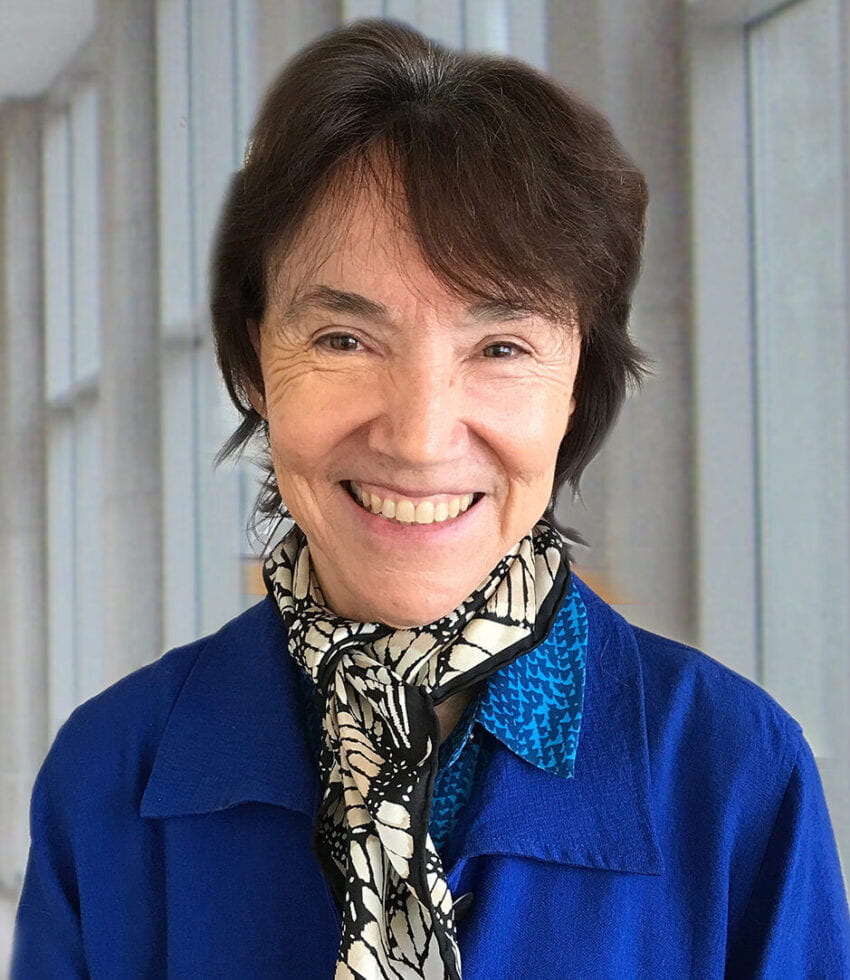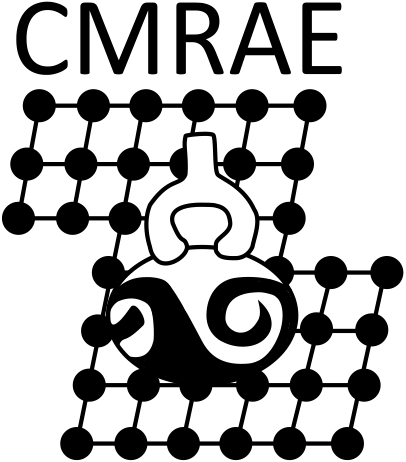
Massachusetts Institute of Technology
Department of Materials Science and Engineering
77 Massachusetts Avenue
Cambridge, MA 02139
hosler@mit.edu
Professor Dorothy Hosler’s research examines the extraction, processing and production of copper and copper-based alloys objects from northern South America and West Mexico and the relation of these two ancient technologies to each other. Initial work compared alloy-properties and design of metal objects from Andean South America with those from West Mexico (Michoacán, Guerrero, Jalisco, Nayarit, Colima). Results demonstrated that Andean fabrication techniques, alloy systems and some design types were in introduced to West Mexico sometime after 700 CE. Indigenous artisans worked in this mineral-rich region, were local ideologies created a pronounced interest in the acoustical properties of copper, copper-silver, copper-tin and copper-arsenic alloy bells and other sounding instruments.
With her students and collaborators, she also has examined the mechanisms through which these metallurgical technologies were introduced from coastal Ecuador to West Mexico. They build and sailed (on the Charles River in Boston) balsa rafts whose design characteristics had been carefully observed off the coast of Ecuador by 16th-century Italian and Spanish sailors. The Europeans noted that the rafts carried cargos of spondylous shell as well as metal objects-tweezers, rings and others as trade items to the north along the Pacific coast. The Europeans encountered this novel raft design for the first time as they sailed along coast of Ecuador (Dewan and Hosler 2008). The raft construction project was funded by a small grant from Former MIT President and later Chairman of the MIT Corporation Paul Gray.
Hosler also has carried out in-depht ethnotechnological study of northern Andean potters (one and a half years of field work) who made copies of Andean pottery objects: the data show that this technology reified the Andean tradition of quadripartite division: the potters occupied one side of town, the middlemen the other. High-quality in the lower (Hosler 1996). This study is the first to demonstrate that the principle of dual division, an entrenched Andean form of social organization, is able to manifest itself in regional economies, in this case where one segment of the town produces the goods and the other sells them, and in the process enrich themselves to the extent that endogamy by sector became the prevailing trend.
Selected Publications:
D. Hosler (1995). ” The Sounds and Colors of Power: The Sacred Metallurgical Technology of Ancient West Mexico” . The MIT Press.
D. Hosler (2016). “Aztec Metallurgy.” The Handbook of the Aztec, Oxford University Press.
D. Hosler (2014). “Mexican Metallurgy: The Perspective from the West “, in Archaeometallurgy in Global Perspective methods and syntheses. Ben W. Roberts and Christopher Thornton (eds) New York, Springer.
D. Leslie and D. Hosler (2008). “Ancient maritime trade on Balsa Rafts: An Engineering Analysis.” Journal of Anthropological Research, (64) 19-40.
D. Hosler, S. L. Burkett and M.J. Tarkanian (1999). “Prehistoric Polymers. Rubber Processing in Ancient Mesoamerica “, Science 284(5422) 1988-1991.
D. Hosler (1996). “Technical choices, social categories and meaning among the Andean potters of Las Animas.” Journal of Material Culture 1(1) 63-92.
D. Hosler and G. Stresser Paen (1992). “The Huastec Region: A second locus for the production of Bronze alloys in Mesoamerica “. Science 257(5074) 1215-1220.
D. Hosler, H. Lechtman and O. Holm (1990). “Axe Monies and Their Relatives “. Studies in pre-Colombian Art and Archaeology No30 (monograph) Dumbarton Oaks, Washington D.C.

